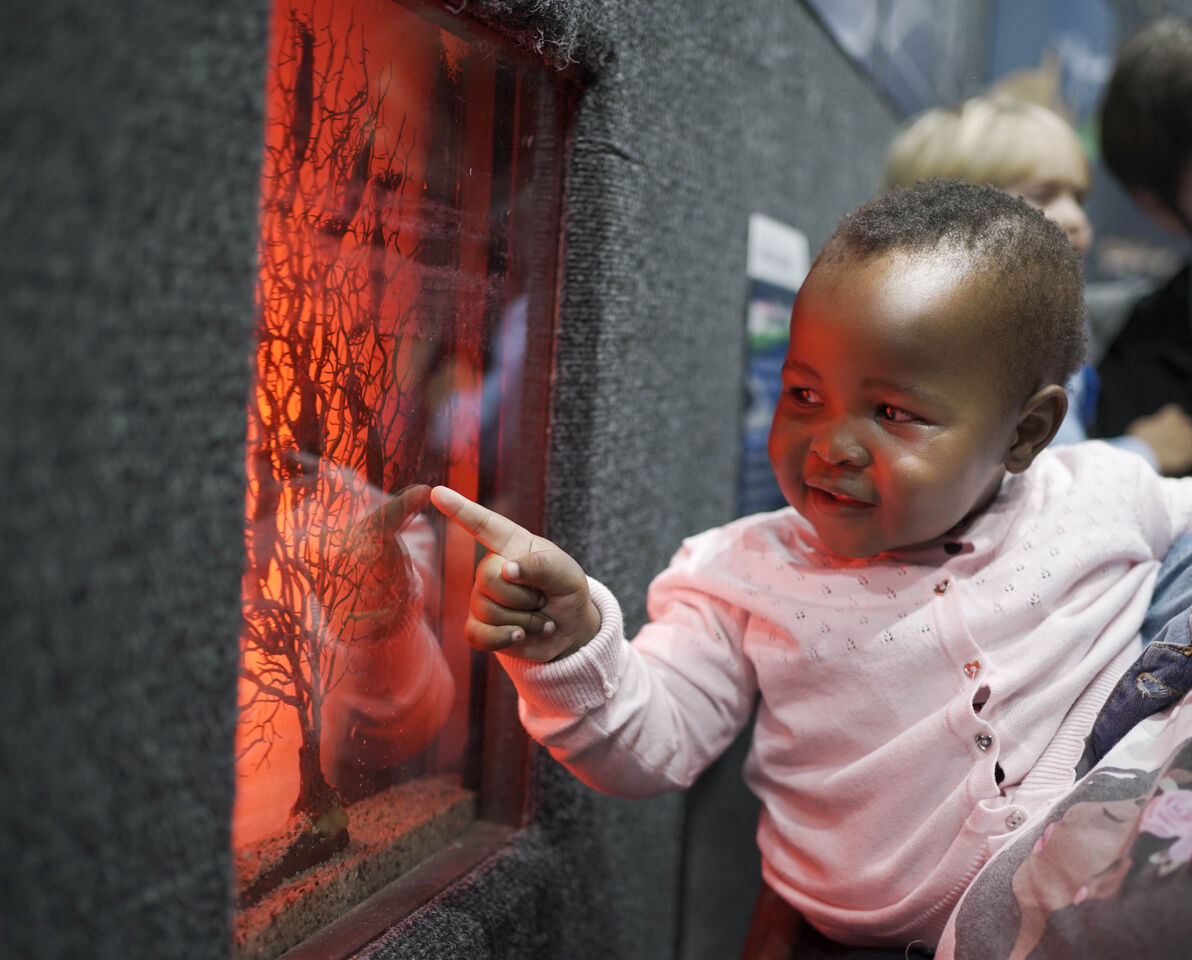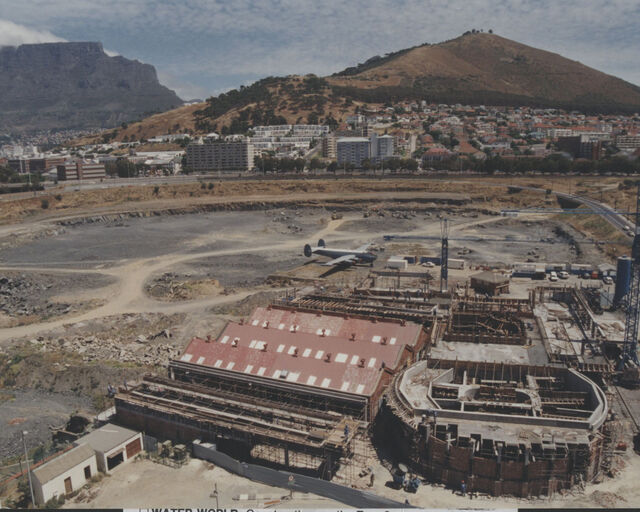Let’s see how many underwater eggs we can find this holiday! There are lots of animals in the ocean that lay eggs – from sharks and rays to turtles and penguins.
First of all, what is oviparity?
You will be most familiar with oviparous animals – they lay eggs that hatch outside of the body, like a chicken. Oviparous animals you can see at the Two Oceans Aquarium are penguins, turtles, and shysharks! Oviparity means that while fertilisation may happen internally, the embryo develops externally (with varying levels of parental care). Basically, the mother lays her eggs in a safe place of her choosing, after which the yolk sac within the eggs nurtures the embryos until they are ready to hatch.
Penguins
All birds are oviparous, and penguins are no different! Our Northern rockhopper penguins, which you can see at the Penguin Exhibit, are great parents. All the penguins are devoted to their partners, as they mate for life.
The rockhopper penguins will spend an entire month squabbling and nest-building before laying two eggs. Visitors to the Penguin Exhibit are sure to recognise their loud calls! Their nests are made of pebbles or twigs and are constructed on very high, rocky hills.
Once the nest is suitable, the rockhopper female will lay two eggs and both parents protect them fiercely. The parents take turns incubating the eggs, of which only one normally hatches. During this period, while one parent incubates the eggs, the other will go to sea to forage and feed. The eggs incubate for roughly 33 days before hatching.
Once the chick has hatched, the male stops eating as it is his job to protect the chick from threats such as the cold or predators! For around three weeks, the male continues to guard the chick while the female regularly brings it food.
Turtles
There are seven species of turtles in the world, five of which visit South African waters. All turtle species are oviparous – they lay eggs in the sand where they develop externally before hatching.
Loggerhead and leatherback turtles nest on the northern coast of KwaZulu Natal every year from November to January. Turtles spend most of their lives at sea, so nesting on land is a considerable effort for the females.
The nesting process starts when the female turtle hauls her heavy body out of the ocean, through the surf, and above the high-tide line. Female turtles, guided to the same beach that they hatched by the earth’s magnetic poles, will select a nesting site based on the distance from the incoming tide.
Once she has found a suitable area for laying, the female uses her front flippers to scoop sand to dig a hole (called a body pit) while her back flippers dig an egg chamber roughly half a metre deep.
Then, the female turtle enters a trance-like state as she lays approximately 80 - 120 golf ball-sized eggs. Once the laying is complete, the female will cover the nest up with her back flippers, patting the surface down, and then head back to the ocean. Although turtles display no parental care once the baby turtles have hatched, their nesting behaviours give the clutch of eggs the surest chance of survival!
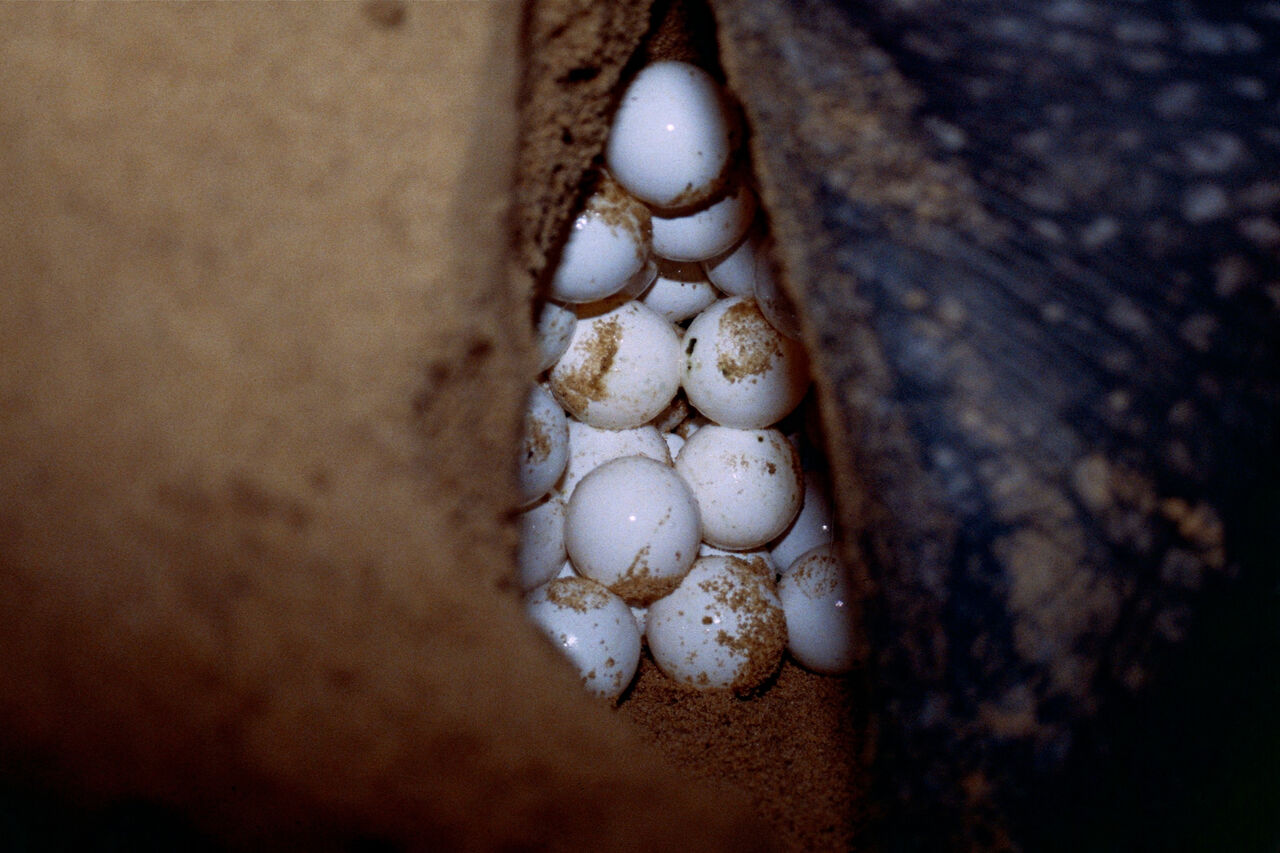
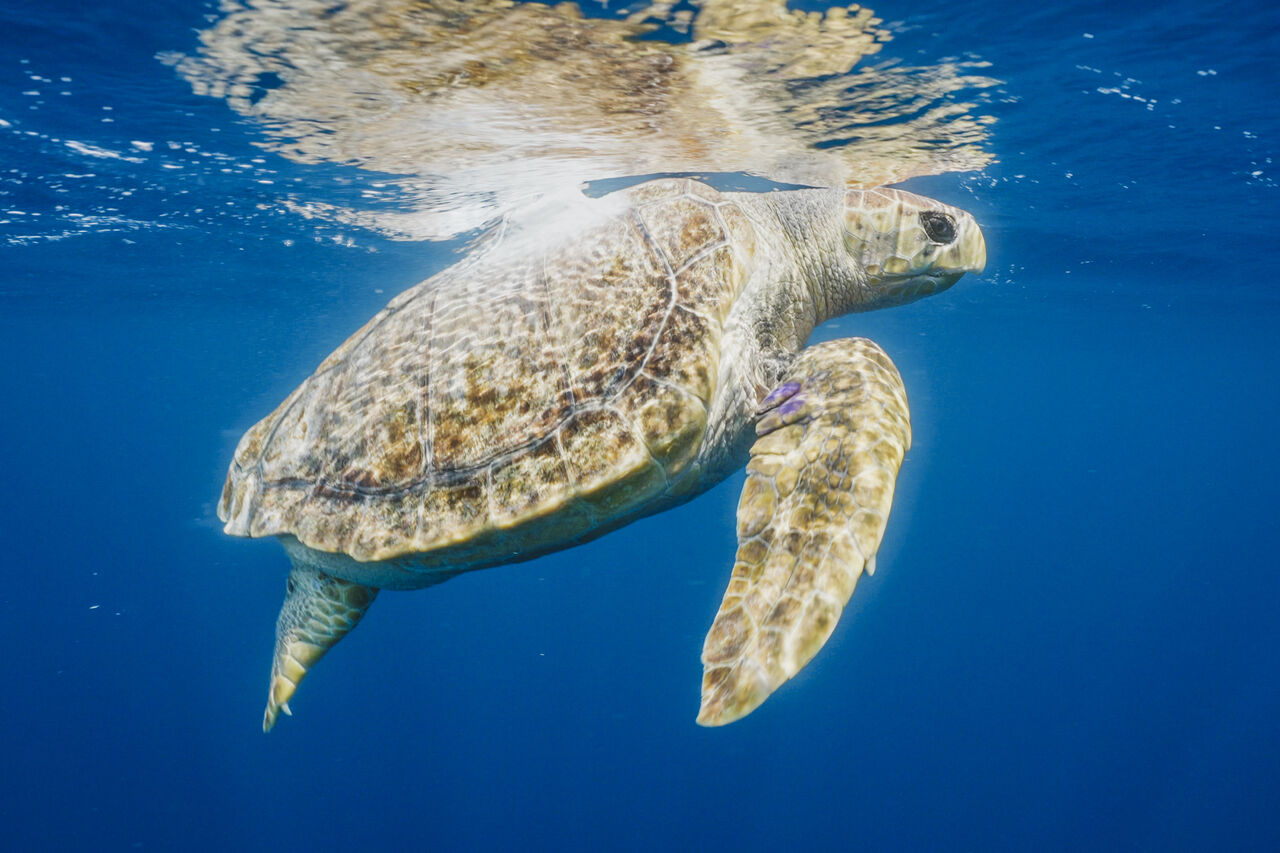
Shysharks
While many sharks give birth to live young (like our ragged-tooth sharks), many others lay eggs on the sea floor. Commonly called “mermaid’s purses”, you may even recognise these eggs when they wash up on the beach once the little sharks have hatched!
Puffadder shysharks, which you can see in our Diversity Gallery's coldwater section, are oviparous! After internal fertilisation, the female puffadder shyshark will find a safe space to deposit two egg cases of around 3.5 to 5cm long. The female takes care in selecting a spot where the eggs (camouflaged by unique stripes) will be hidden from the view of predators.
Made of keratin, the egg case is a tough, leathery pouch that protects the developing shark embryo. They are typically “pillow-shaped”, with horns or long, curly strands at each corner. These tendrils help to secure the egg on a reef structure so that they don’t float away! Inside the egg case is a yolk that will nourish the little shark until it is ready to hatch.
It takes the baby shysharks up to nine months to hatch. During this time, the eggs are very vulnerable – in fact, there are predatory snails that specialise in sucking the shark embryos out of the eggs! Once they are hatched, however, the baby shysharks are fully independent; able to feed and fend for themselves.
We have our very own mermaid’s purse display at the Two Oceans Aquarium, and if you look closely, you can see the little sharks wriggling around in their egg cases.
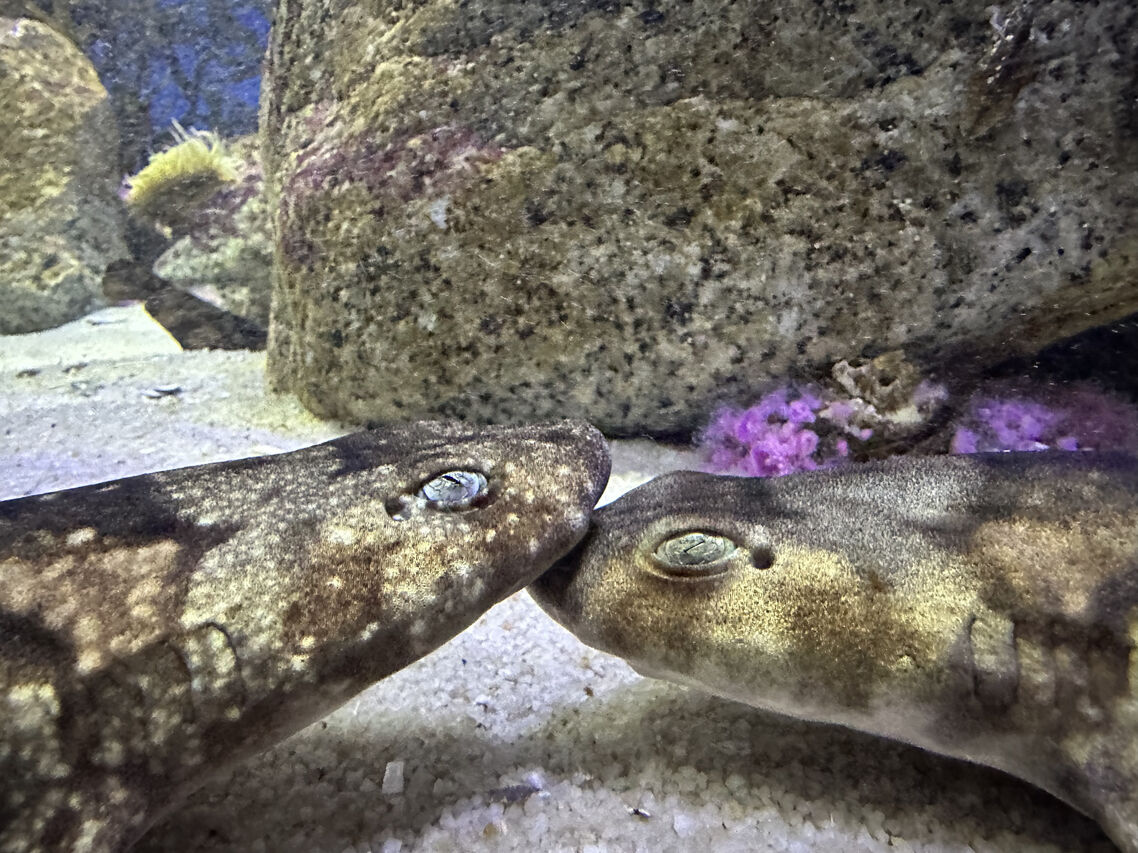
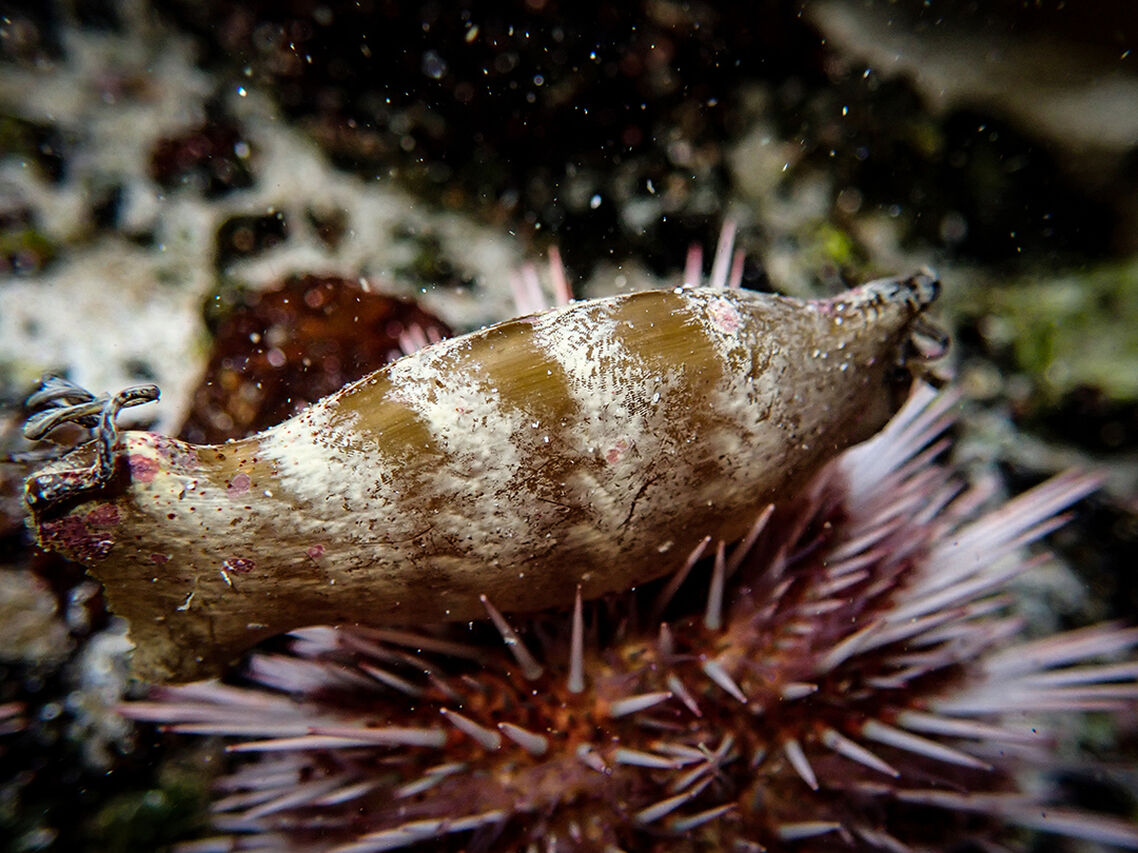
What an egg-cellent adventure in underwater egg-laying! Come check out our oviparous and ovoviviparous animals at the Two Oceans Aquarium this holiday.
Related News
Sign up to our Newsletter
Receive monthly news, online courses and conservation programmes.
